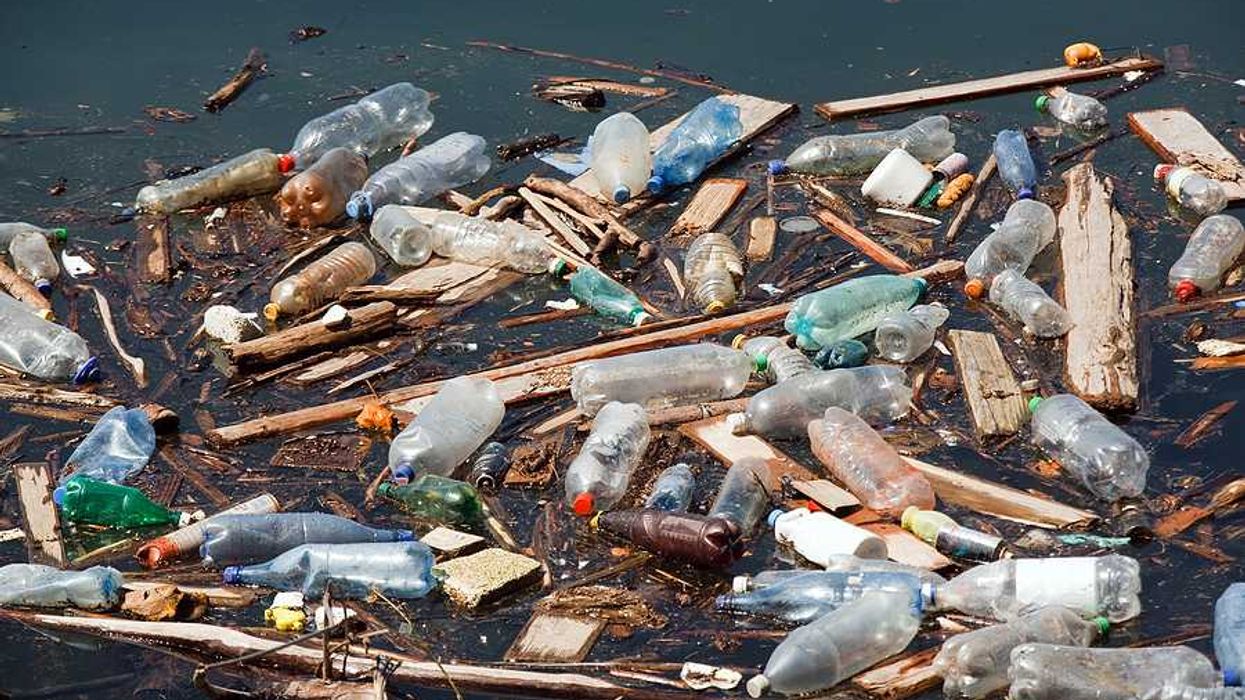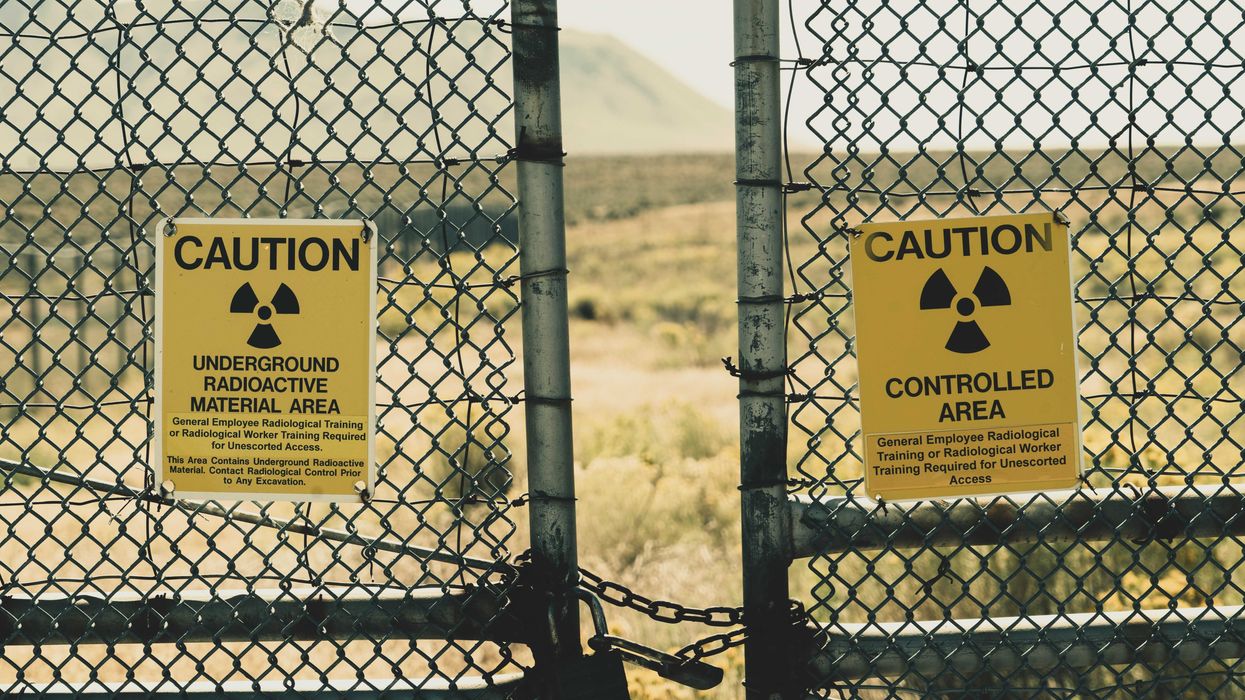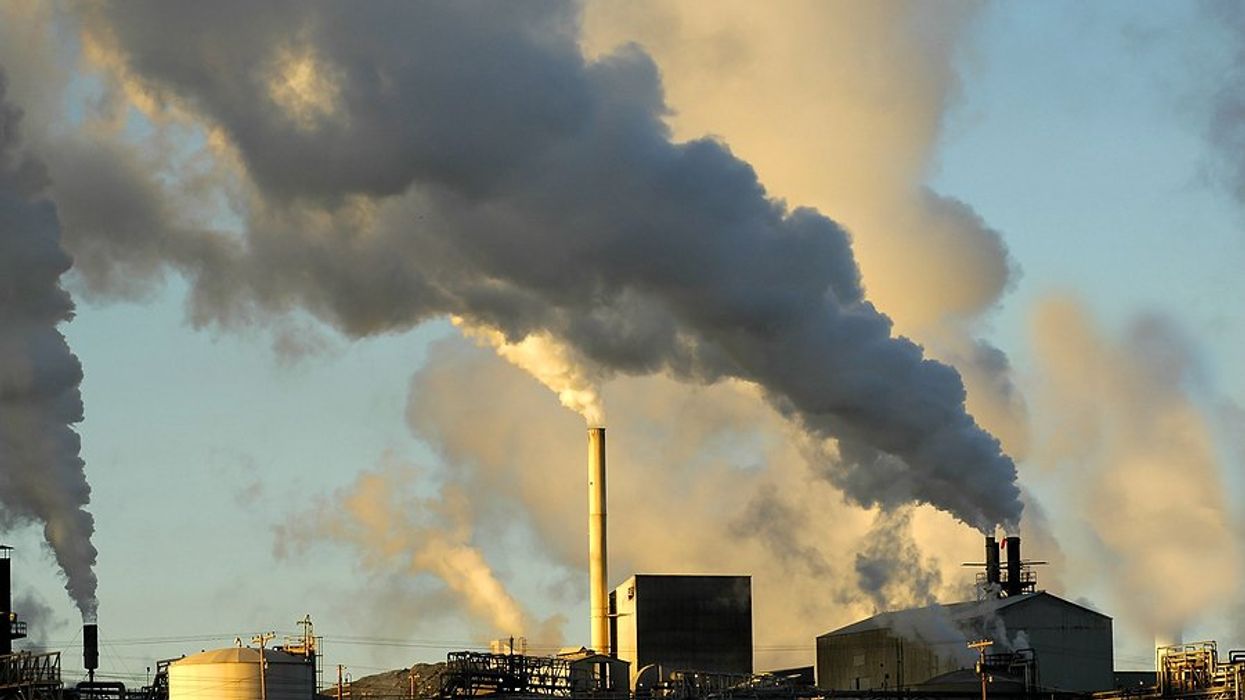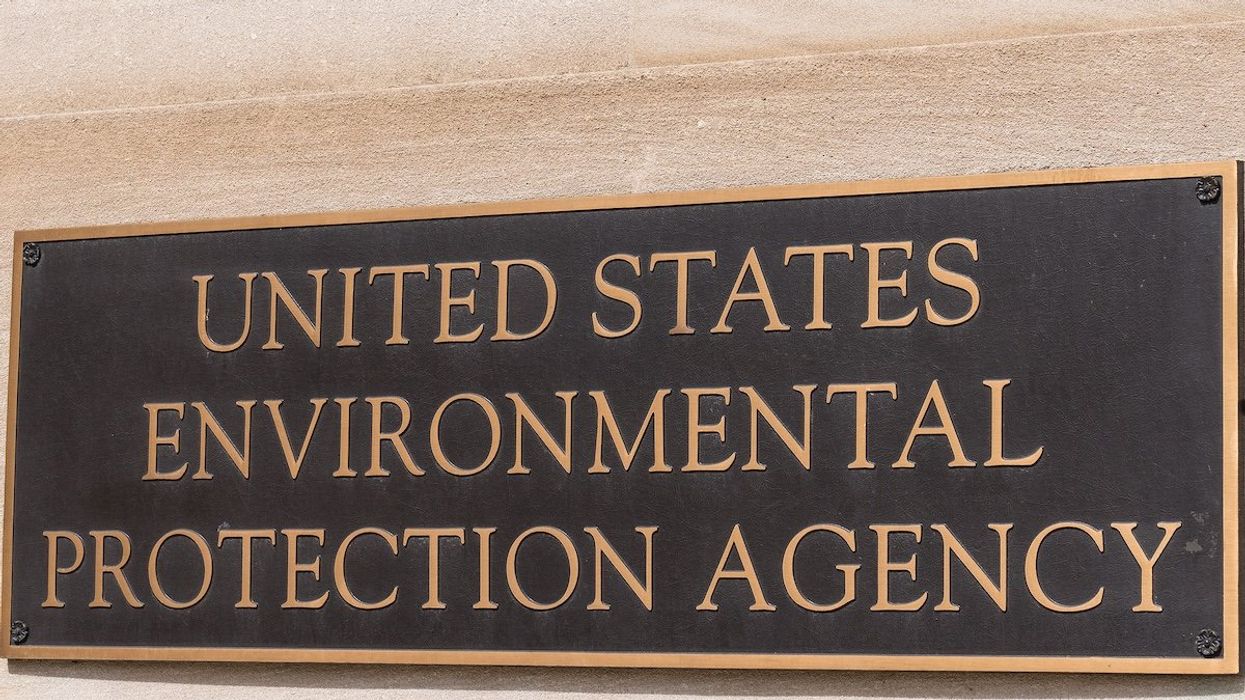A Kansas health study found high liver cancer rates near a decades-old chemical spill in Wichita, but inconsistencies in how the study area was defined have led to questions about its reliability.
In short:
- The Kansas Department of Health and Environment (KDHE) reported elevated liver cancer rates near a chemical spill in northeast Wichita but later admitted the study covered two ZIP codes, not just the contaminated area.
- Some officials and residents worry the study’s broad scope may have diluted data, making it unclear if the spill directly contributed to increased cancer rates.
- Advocates are calling for a more precise analysis focused solely on homes above the contaminated groundwater plume.
Key quote:
“We maybe inadvertently have misled people to be seeing this report as a justification for their great fear.”
— Jim Howell, Sedgwick County commissioner
Why this matters:
The presence of trichloroethylene, or TCE, in Wichita underscores the enduring impact of industrial contamination on public health and the environment. This chemical, widely used as a solvent in manufacturing and degreasing processes, has been linked to cancer and other serious health issues. Decades of seepage into soil and groundwater can result in long-term exposure risks, especially for communities that rely on local water supplies or live near affected sites. The situation highlights the importance of accurate, up-to-date data to understand the extent of contamination and potential health threats. Without it, residents may face uncertainty about their safety, and policymakers may lack the tools to implement effective cleanup measures.
Related EHN coverage: Cancer in Pittsburgh: Prevention lags as pollution persists














